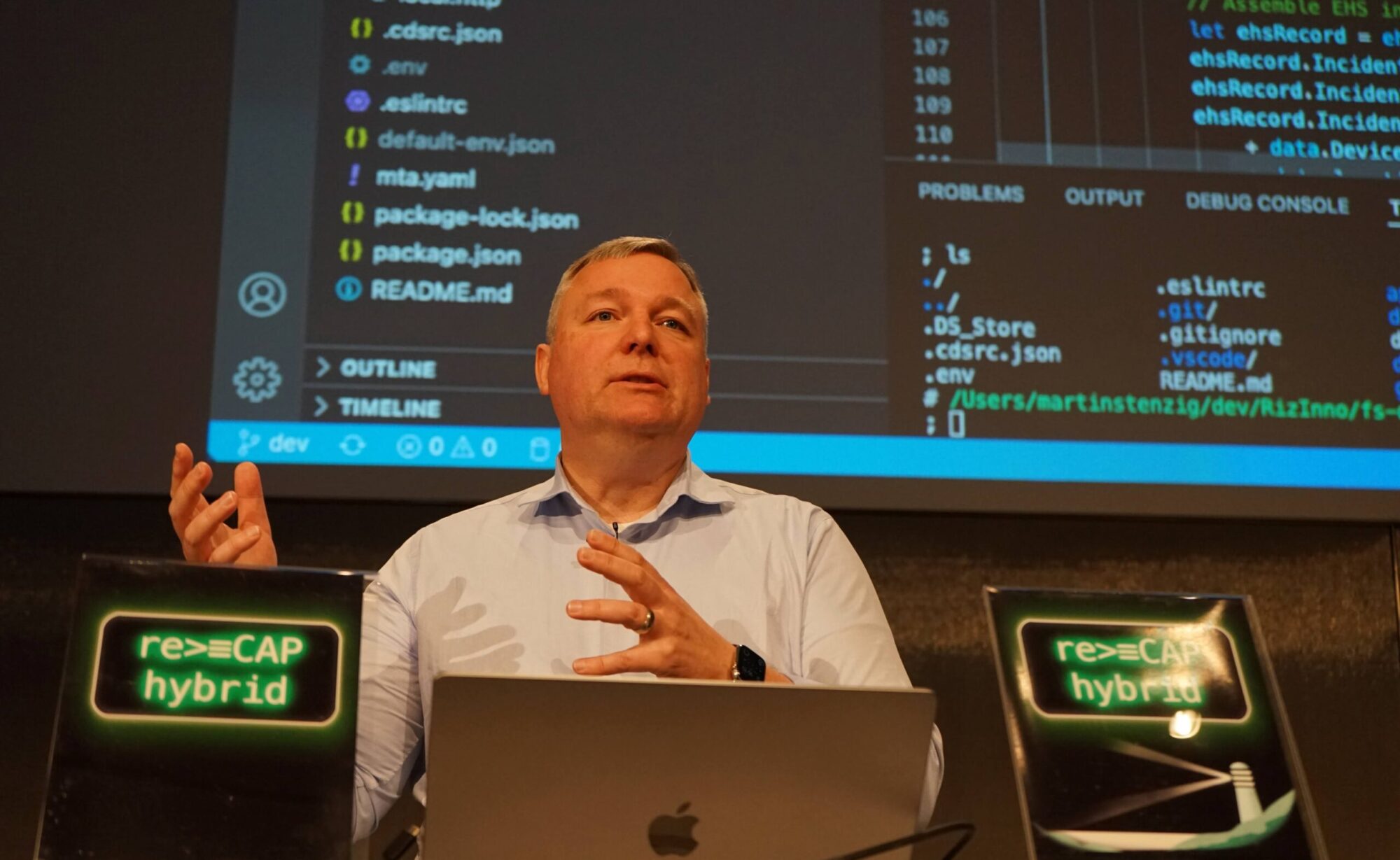
With SAP’s move to the Cloud, along with shifts in paradigms and some anticipated SAP technology resource issues, the SAP community will likely face some challenges in the near future. Going forward, the community needs access to a larger resource and talent pool in order to extend and enhance SAP applications and functionalities. This might seem like a tall order, but SAP has consistently developed the kind of resources that attract top talent. More than anything, they have continually shown that they are dedicated to advancing its many offerings to provide the solutions its customers need to succeed.
Perhaps the best example of SAP’s dedication to support is ABAP (Advanced Business Application Programming), the company’s proprietary programming language. 20 years ago, SAP followed a simple, single development stack, relying primarily on the ABAP language for any development that needed to be done. Over time though, ABAP has been greatly expanded, now supporting Object Oriented approaches and web-based protocols. It also recently evolved to run independently in SAP’s Business Technology Platform. With roughly 70,000 developers around the world, the ABAP community is a proud one, and with the introduction of an ABAP stack in the cloud, it is clear that ABAP is here to stay.
Yet while ABAP remains the most popular programming language among SAP developers, it doesn’t rank among the more popular programming languages in general. Thankfully though, alternatives are emerging. SAP recently developed a non-ABAP paradigm based on its Cloud Application Programming Model, which has been steadily growing in popularity. It allows SAP extension development with other, more open and popular languages, such as Java (the most commonly used programming language) and Node.js (one of the two most commonly used web technologies). This gives a wider range of developers access to a much larger resource pool.
The value of this non-ABAP option is already apparent. At Rizing, those who’ve adopted the Cloud Application Programming Model have seen 20-30% efficiency gains compared to other SAP extension paradigms. Additionally, we have customers in areas such as the Hawaiian Islands, where getting access to local ABAP developers is often challenging. Using a cloud-based extension paradigm based on more popular programming languages helps them overcome their resource shortages and more easily connect with other like-minded developers.
None of this is to suggest that ABAP doesn’t still have an important role to play in SAP development. ABAP is still the most popular choice among existing SAP developers and it remains the only language possible for certain enhancements, even in SAP’s S/4 HANA. However, a growing community needs to attract new talent and SAP’s Cloud Application Programming Model is a great alternative to bring in developers that use more common programming languages. Couple that with SAP’s long-standing penchant for resource development and I am confident that they can bring in and support this new influx of talent.

